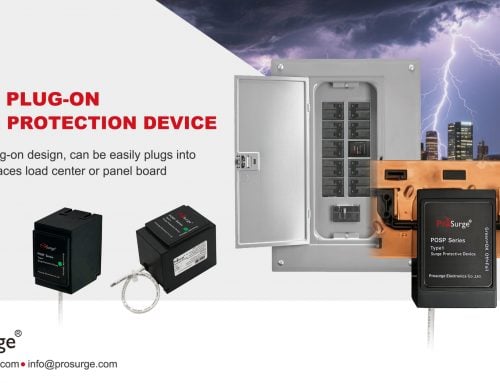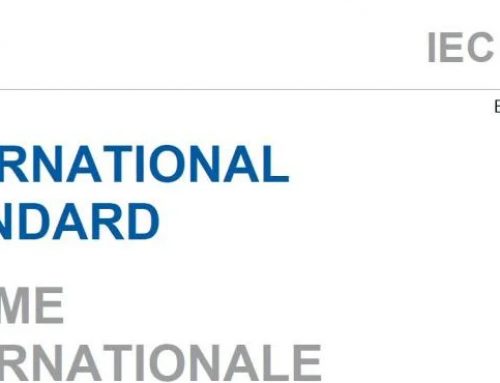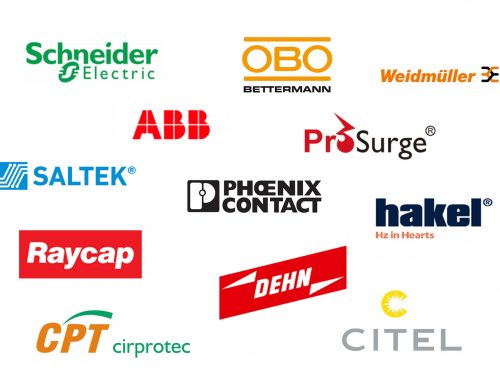The following examines a few of the key differences between Underwriters Laboratory(UL)’s required test for surge protective devices (SPDs); ANSI/UL 1449 Third Edition and the International Electrotechnical Commission (IEC) required test for SPDs, IEC 61643-1.
Short Circuit Current Rating (SCCR): The capacity of current with which the tested SPD can withstand at the terminals where connected, without breaching the enclosure in any way.
UL: Tests the full product at twice the nominal voltage to see if entire product is completely offline. The entire product (as shipped) is tested; including metal oxide varistors (MOVs).
IEC: Test only looks at the terminals and the physical connections to determine if they are robust enough to handle the fault. MOVs are replaced with a copper block and a manufacturer’s recommended fuse is placed in-line (external to the device).
Imax: Per IEC 61643-1 – The crest value of a current through the SPD having an 8/20 waveshape and magnitude according to the test sequence of the class II operating duty test.
UL: Does not recognize the need for an Imax test.
IEC: An operating duty cycle test is used to ramp up to an Imax point (determined by the manufacturer). This is meant to find “blind points” within the design when subjected to a high level impulse. This is conducted as a life expectancy or robustness test. The fuse needs to withstand Imax, and the test checks thermal stability of the SPD (after each duty cycle impulse bringing the SPD up to its maximum continuous operating voltage MCOV) and its physical condition.
I nominal: The crest value of the current through the SPD having a current waveshape of 8/20.
UL: I nominal test is similar to the IEC’s, however, the I nominal results do not link to a Up value (a value used internationally for electrical coordination). Instead, UL uses I nominal to determine a product’s Voltage Protection Rating (VPR). Levels are limited to a maximum of 20 kA. The SPD remains functional after 15 surges.
IEC: Does not limit I nominal testing to 20kA, however, the manufacturer’s selected In level is used to get a Up value, a value considered to be the protective performance of the SPD. This value is used for electrical coordination(ratings of building wire, equipment).
Therefore the goal of the manufacturer is to try to attain the highest I nominal level with the lowest Up results. Many manufactures opt to only test as high as 20 kA so they will appear to have a low Up.
Class versus category
UL: UL Type designation is a location designator with a difference to the way I nominal is tested (for device which provides SCCR needs to be included and survive when doing I nominal testing).
IEC: Designates certain tests as a class I, II, or III. Class designation between I and II has to do with the impulse applied – Class I; an I imp test (10×350) and a class II – 8 x 20 μs.
The IEC designates certain tests as a class I, II, or III and can beconfused with UL’s Type I, II, III, or IV designations. There is some validity to both identifying the product’s approved installation location (UL) and applying a more robust impulse/waveform to those products that will be installed in harsher locations (IEC).
Waveforms: A graph of an impulse wave that shows its shape and changes in amplitude with time.
UL: Recognizes the 8 x 20 μs waveform.
IEC: The IEC incorporates 2 waveforms into their test, the 8 x 20 μs which is used for class II testing to represent surges induced onto power lines. And the 10 x 350 μs waveform which is used for class I testing that represents partial or direct lightning currents (due to building or power line strikes).The IEC also uses other ring wave type waveforms for point of use (class III) tests.





